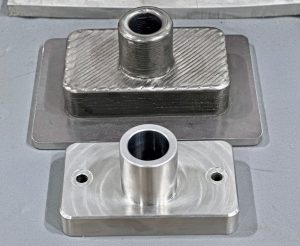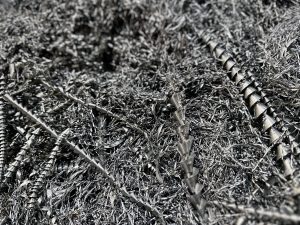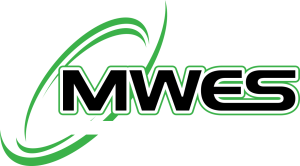ADDere Additive Manufacturing offers many advantages over traditional manufacturing methods, such as greater design flexibility, reduced material waste, lower energy consumption and faster production time. However, to fully leverage the potential of additive manufacturing, designers and engineers need to follow some best practices and tips for optimizing their parts for this process.
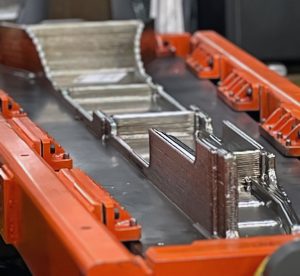
Consider the orientation and support structures of your part
Depending on the additive manufacturing technology you use, you may need to add support structures to prevent your part from collapsing or warping during the printing process. However, support structures also add to the material cost and post-processing time of your part. Therefore, you should try to orient your part in a way that minimizes the need for support structures or use self-supporting features such as angles, arches, and bridges. Doing this will not only save you time but also money.
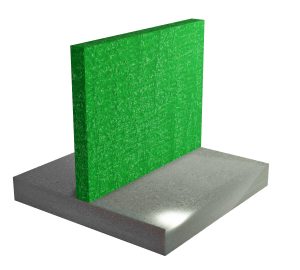
Optimize the wall thickness and infill density of your part
The wall thickness and infill density of your part affect its strength, weight, and print time (see ADDere’s Design Specifications). Walls that are too thin may cause holes or cracks in your part, while too thick walls may increase the material cost and print time. Similarly, too low infill density may compromise the structural integrity of your part, while too high infill density may add unnecessary weight and material. Therefore, you should choose the optimal wall thickness and infill density for your part based on its function and performance requirements. Optimizing your parts is essential if you are working in more expensive metal alloys such as titanium and Inconel where costs can be astronomical.
Use the design for additive manufacturing techniques and software
Design for additive manufacturing is a set of principles and techniques that help you design parts that are optimized for 3D printing. Professional tools and software are available to help you analyze your part’s geometry, identify potential issues, and suggest improvements. For example, you can use additive manufacturing to reduce the number of parts in your assembly, create lightweight structures with lattice or honeycomb patterns, or add functional features such as hinges or snap-fits.
By following these best practices and tips, you can design and optimize parts for additive manufacturing that are efficient, effective and economical. If you have any questions about the ADDere Additive Manufacturing process, please contact us today. ADDere provides complete additive systems and an in-house print service to firms both large and small.

